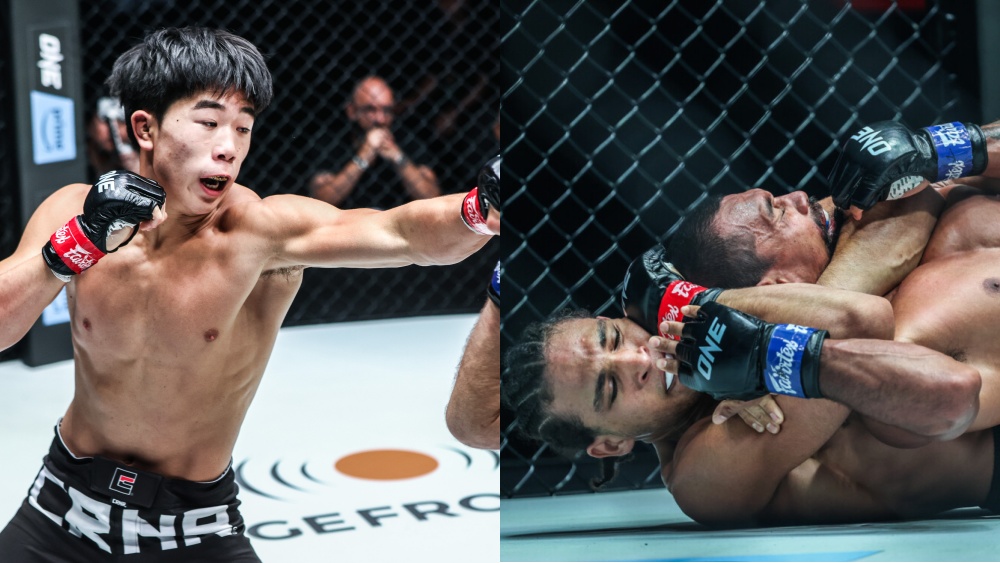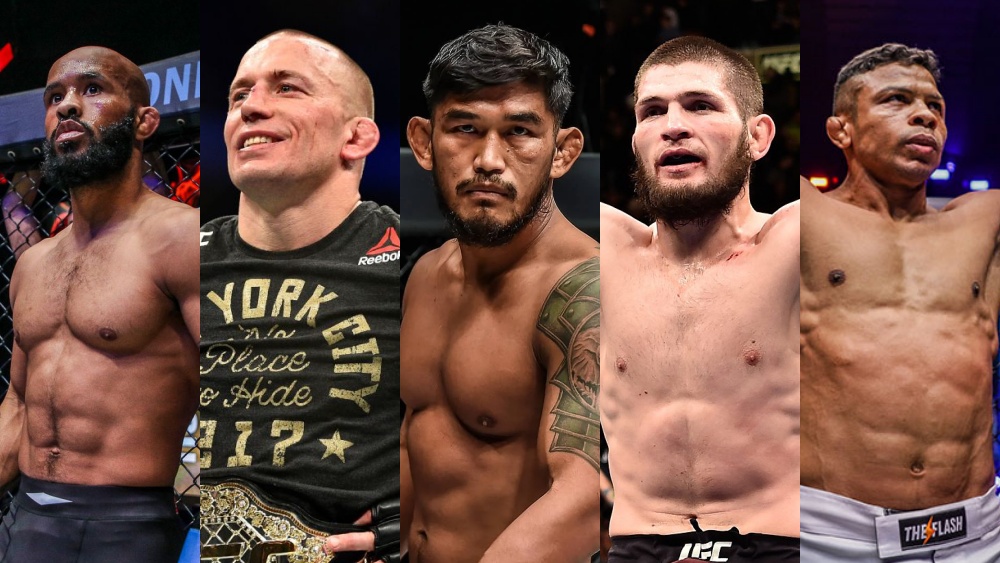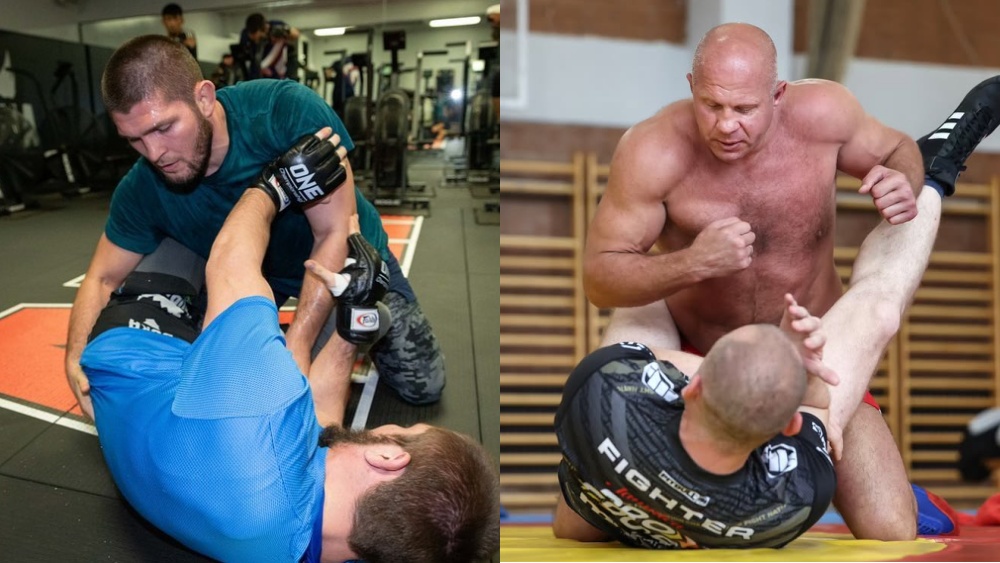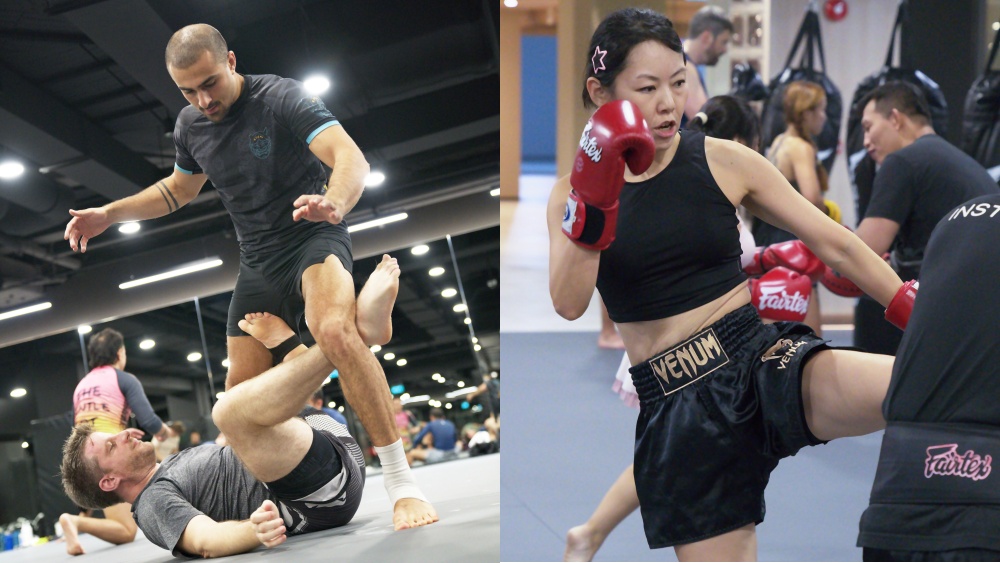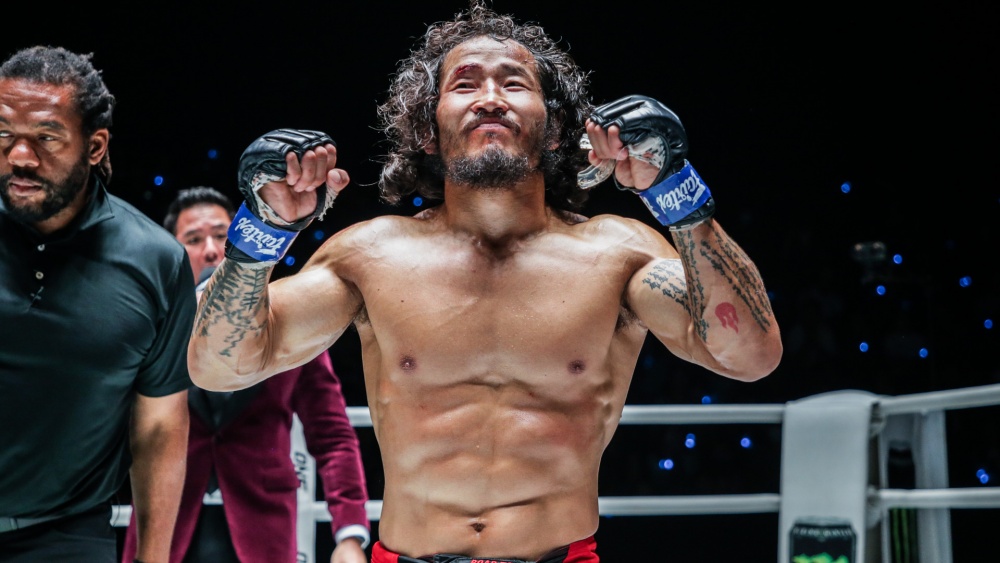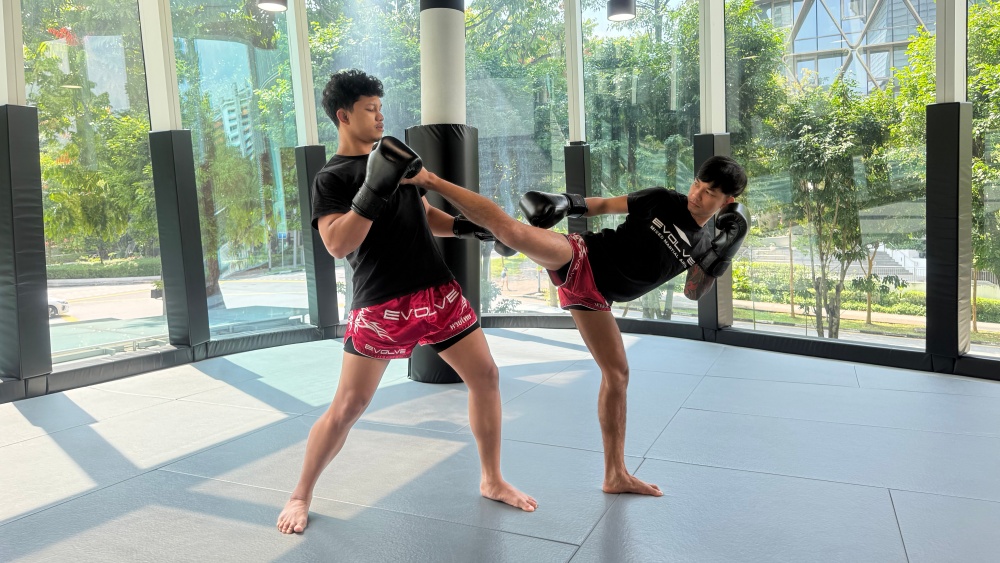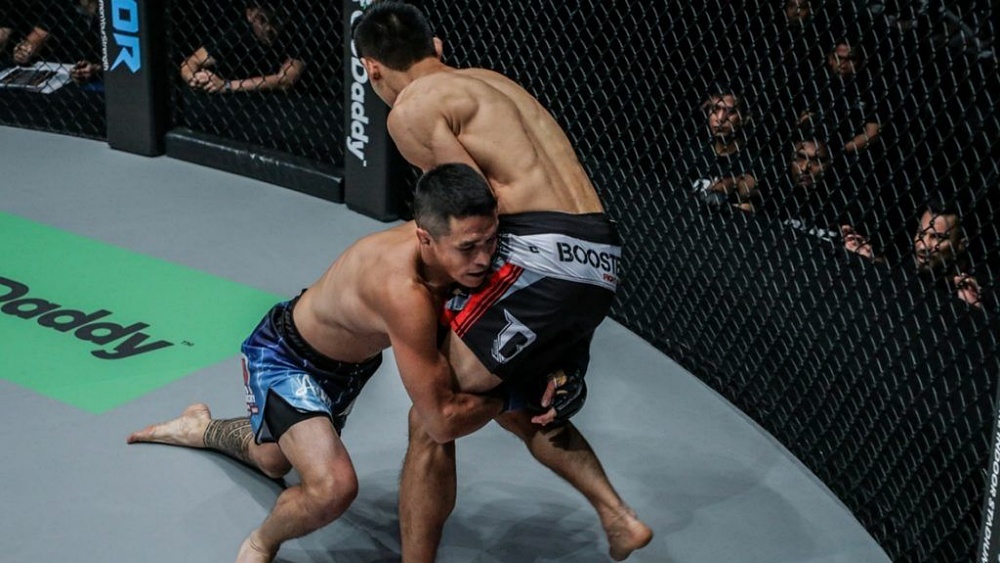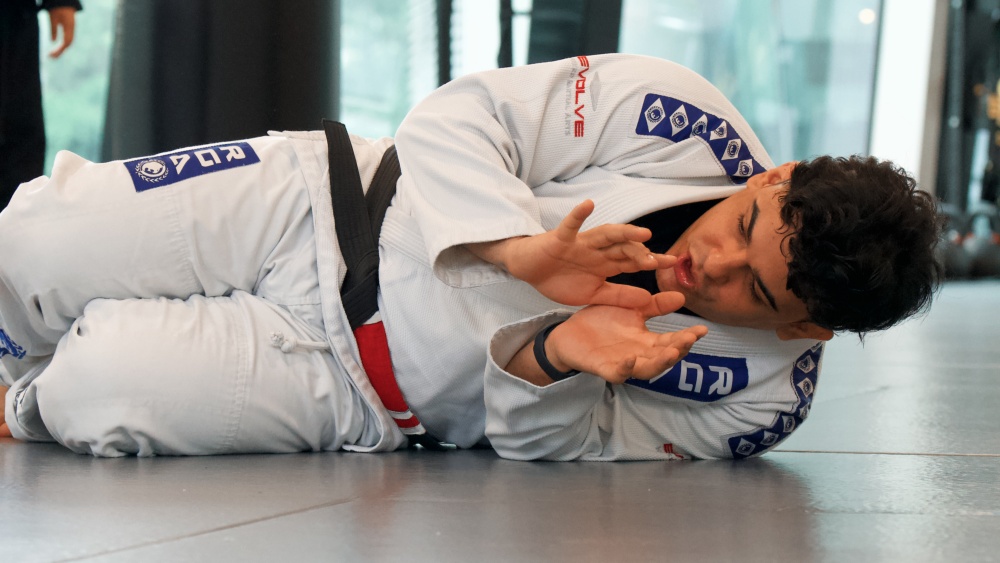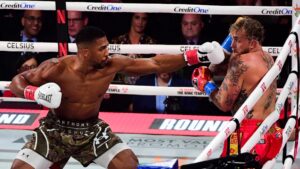Mixed Martial Arts is a sport defined by constant evolution. From its early days, where athletes specialized in a single discipline, MMA has transformed into a battle of who can fully become truly well-rounded, with a few caveats, of course. The modern MMA landscape is characterized by a new generation of athletes who have transcended the traditional boundaries of the sport. These fighters are not just strikers or grapplers; they are complete martial artists who can utilize various styles at the drop of a hat. This article explores the fighters of the modern age and what makes them effective in their sport.
The Evolution Of Strikers In MMA
In the early days of MMA, striking was often seen as a separate skill set, distinct from grappling. Fighters like Maurice Smith and Mirko Cro Cop, who came from kickboxing backgrounds, demonstrated the effectiveness of striking in the cage. However, their success was often dependent on keeping the fight standing, as their grappling skills were not as developed. The modern striker, however, is a different breed. Today’s top strikers are not only proficient in their stand-up game but also capable of defending against takedowns, initiating grappling exchanges, and even finishing fights on the ground.
The modern striker’s evolution can be attributed to the increased emphasis on cross-training. Unlike the older generation, who often focused on one discipline before transitioning to MMA, today’s fighters start their training with a more holistic approach. They develop their striking skills while simultaneously learning the intricacies of grappling. This style of training ensures that modern strikers are not just one-dimensional fighters but are well-rounded athletes who can adapt to any situation inside the cage.
One of the key traits of the modern striker is the ability to use striking to set up grappling exchanges and vice versa. Fighters like Demetrious Johnson exemplify this approach, where striking is not just used to inflict damage but also to create openings for takedowns and submissions. This mix of skills makes the modern striker far more versatile than their predecessors, who often struggled when the fight went to the ground.
Another defining characteristic of the modern striker is their ability to maintain a high level of striking accuracy and power while being aware of potential takedown threats. This awareness is a result of extensive training in takedown defense and grappling, allowing them to attack with confidence, knowing they can handle any attempt to bring the fight to the mats. Fighters like Stamp Fairtex, known for her aggressive Muay Thai style, have successfully transitioned to MMA by incorporating these defensive skills, making them formidable opponents in practice in any position.
The Modern Grappler’s Adaptation
Just as striking has evolved, so too has grappling. Early MMA saw the dominance of grapplers like Royce Gracie, who could submit opponents with little resistance. However, as the sport progressed, strikers began to develop takedown defense, and grapplers had to adapt. The modern grappler is not content with simply taking the fight to the ground; they must now be adept at striking, clinch work, and positional control to set up their submissions.
A vital trait of the modern grappler is their ability to blend striking with their ground game. This is evident in fighters like BJJ World Champion Garry Tonon and ONE Lightweight Submission Grappling World Champion Kade Ruotolo, who has seamlessly integrated striking into his grappling-heavy approach. Modern grapplers understand that being one-dimensional is no longer effective in MMA. They must be able to transition smoothly between striking and grappling, using their stand-up skills to set up takedowns and their grappling to create striking opportunities.
Another important aspect of the modern grappler is their focus on positional control. While submission hunting remains a critical part of their game, controlling the opponent and maintaining dominant positions have become equally important. This emphasis on control allows modern grapplers to dictate the pace of the fight, wear down their opponents, and create openings for submissions or ground-and-pound. Fighters like Demetrious Johnson and Garry Tonon are prime examples of this approach, where positional control is used as a foundation for their offensive strategies.
The Overlap Of The Striking And Grappling Mentalities
One of the most interesting developments in modern MMA is the overlap between the mentalities of strikers and grapplers. In the past, strikers often focused on keeping the fight standing, while grapplers aimed to take it to the ground. However, the modern approach sees both groups embracing a more holistic mentality, where the lines between striking and grappling are almost nonexistent at times.
For modern strikers, this means adopting a more patient and calculated approach, similar to that of a grappler. Rather than rushing in to finish the fight with a knockout, they are willing to engage in clinch work, defend takedowns, and set up their strikes with a long-term strategy in mind. This mentality is evident in fighters like Demetrious Johnson, who uses his striking to wear down opponents over time, creating opportunities for takedowns and submissions later in the fight.
On the other hand, modern grapplers have adopted the aggressive and relentless mindset traditionally associated with strikers. They understand the importance of imposing their will on the opponent, constantly seeking to advance their position and finish the fight. This mentality is exemplified by fighters like Garry Tonon, who are always pushing the pace, whether on the feet or on the ground, never giving their opponent a moment to rest.
This combination of mentalities has led to a new breed of fighters who are comfortable with all aspects of the fight. These athletes are not only technically proficient but also mentally tough, able to adapt to whatever the fight demands.
A Hybrid Approach
As MMA continues to evolve, the distinction between strikers and grapplers will likely blur even further. The future of the sport will see more fighters who are true hybrids—like Christian Lee and Adrian Lee—capable of seamlessly transitioning between striking and grappling, while also possessing the mental toughness to adapt to any situation. This hybrid approach will become the standard for success in MMA, as fighters who can effectively blend these skills will have the greatest chance of rising to the top.
The new dawn of strikers and grapplers in MMA is characterized by fighters who have transcended their traditional roles, and now have the ability to fight effectively regardless of position.
Conclusion
The evolution of MMA has given rise to a new generation of fighters who embody the true essence of mixed martial arts. These athletes are not limited by their backgrounds but are defined by their ability to adapt, evolve, and excel in all aspects of the fight. As the sport continues to grow, the influence of these modern strikers and grapplers will shape the future of MMA, leading to even more exciting and unpredictable matchups in the years to come.
You may also like:
